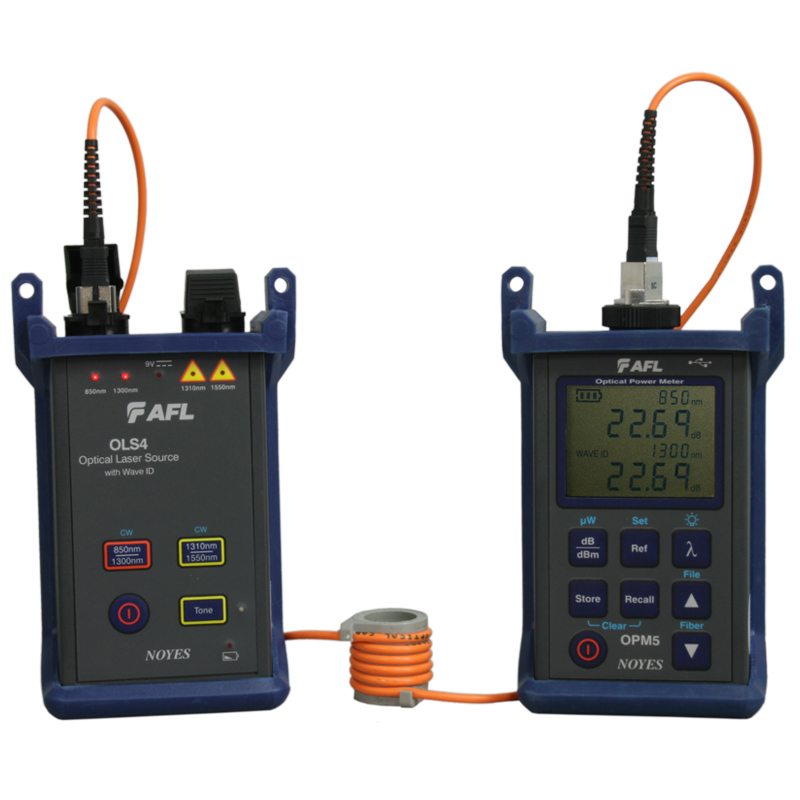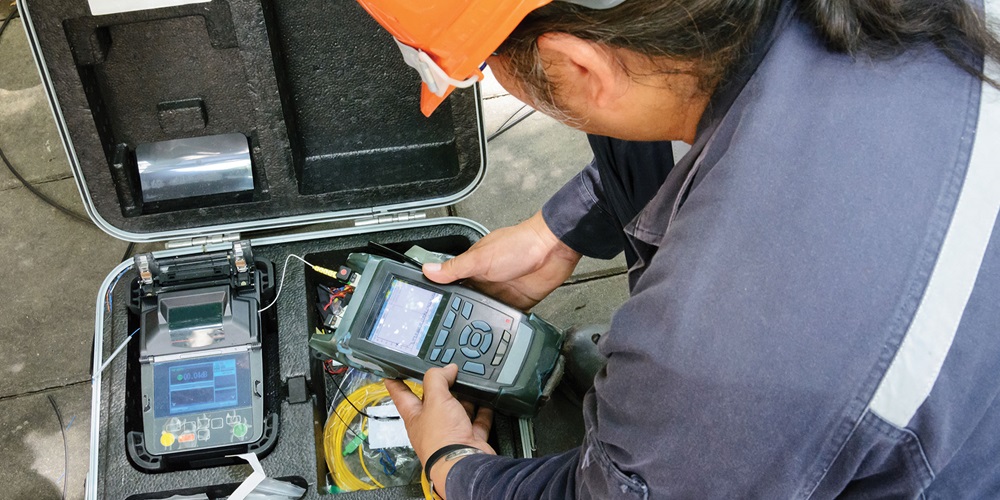Ofda plays a key role in accurate fibre measurement in different applications.
Wiki Article
Discover the Significance of Optical Fibre Testing in Modern Telecom
In the realm of modern-day telecommunications, the relevance of optical fiber testing can not be overemphasized, as it acts as the foundation for making certain network integrity and performance. By executing regular screening methods, drivers can preemptively determine prospective issues such as signal deterioration, thus protecting versus disturbances that can prove costly. Advanced strategies like Optical Time-Domain Reflectometry play a crucial duty in this process, yet numerous may forget the more comprehensive implications of these practices. What are the specific benefits that normal testing deals, and just how might it shape the future landscape of telecoms?
Comprehending Optical Fibre Testing
Optical fiber screening is a critical process in telecoms that makes certain the stability and performance of fibre optic networks. This testing encompasses a variety of procedures made to review the physical and practical characteristics of optical fibers - optical fibre diameter analyser. Secret parameters assessed consist of optical power loss, bandwidth ability, and fault area, which are necessary for maintaining high-grade communication linksThe screening process typically includes the usage of specific devices such as Optical Time-Domain Reflectometers (OTDR) and Optical Power Meters. OTDRs are utilized to identify and characterize mistakes, interlaces, and adapters within the fiber, while power meters measure the transmitted light signal strength to identify performance.
Furthermore, screening is conducted at different stages, consisting of during setup, upkeep, and troubleshooting, to guarantee that the network satisfies sector criteria and functional needs. Compliance with requirements established by organizations like the International Telecommunication Union (ITU) and the Telecommunications Market Association (TIA) is vital.
Advantages of Regular Evaluating
Routine screening of optical fibers yields numerous advantages that substantially enhance network dependability and efficiency. One of the key advantages is the very early detection of potential concerns, such as breaks or destruction in the fiber, which can lead to costly downtime if left unaddressed (optical fibre diameter analyser). By recognizing these issues proactively, telecoms providers can minimize service disturbances and ensure regular connectivity for their consumersAdditionally, routine screening assists to maintain the integrity of signal quality. As optical fibers age, their performance can be impacted by elements such as environmental conditions and physical stress and anxiety. Regular evaluations permit the monitoring of signal loss and general transmission effectiveness, ensuring that the network runs at optimum levels.
Another significant benefit is conformity with industry requirements. Normal testing sustains adherence to governing needs, consequently reducing legal and economic threats connected with non-compliance. It enhances the overall lifespan of the fibre facilities by promoting prompt upkeep and repair work.

Typical Examining Methods
Evaluating optical fibers employs various methods to make sure the honesty and efficiency of telecommunications networks. Among the most usual techniques is Optical Time Domain Reflectometry (OTDR), which examines the whole size of the fiber by sending out a pulse of light and gauging the representations triggered by imperfections or breaks. This method supplies in-depth details concerning the area and seriousness of mistakes.One more widespread method is making use of Optical Power Meters, which measure the quantity of light sent through the fiber. This technique helps figure out the loss of signal toughness, guaranteeing that it fulfills market criteria. Additionally, Visual Fault Locators (VFL) are employed to identify breaks or extreme bends in the fibre by forecasting a visible laser light into the cable.
Insertion loss testing is also important, as it quantifies the loss of signal power arising from links and entwines within the network. Furthermore, the use of Polarization Setting Dispersion (PMD) testing examines the influence of fibre attributes on signal integrity.
Each of these approaches plays an essential function in preserving the performance and reliability of optical fiber networks, eventually contributing to seamless telecoms operations.
Effect On Network Efficiency
The honesty and performance of optical fiber networks directly influence total network efficiency. In modern telecoms, the effectiveness of information transmission depends greatly on the top quality of the optical fibers made use of. Any type of destruction in the fibre's problem-- whether due to physical damage, contamination, or too much flexing-- can result in increased depletion and signal loss, dramatically impacting data honesty and speed.Normal optical fibre testing is vital to recognize and correct possible issues prior to they manifest as network failures or slowdowns. Techniques such as Optical Time Domain Name Reflectometry (OTDR) and insertion loss testing enable professionals to gauge the efficiency of fibre web links accurately. These tests not just evaluate the physical condition of the fibers yet also make certain compliance with market criteria, thus securing the network's integrity.
Moreover, a properly maintained optical fiber network adds to decreased operational expenses and enhanced customer complete satisfaction, as end-users experience less interruptions and higher data rates. Inevitably, the emphasis on extensive optical fiber testing practices works as a keystone for sustaining durable telecoms facilities, ensuring that provider can meet the expanding needs for transmission capacity and connection in today's digital age.
Future Patterns in Checking
As we look in advance, improvements in technology are poised to reshape optical fiber screening in telecoms. The increase of automation and man-made knowledge (AI) is anticipated to enhance the effectiveness and accuracy of testing processes. Automated screening systems can perform extensive evaluations with very little human intervention, substantially minimizing the capacity for optical fibre testing equipment errors and accelerating time-to-deployment.Additionally, the assimilation of artificial intelligence formulas will enable anticipating upkeep, permitting network service providers to anticipate potential issues before they intensify into failures. This positive method not just enhances network dependability but likewise enhances operational costs.
One more arising fad is the growth of mobile testing gadgets that use real-time evaluation - robotic vision. These tools will certainly encourage professionals to perform on-site diagnostics rapidly, promoting quicker resolutions and enhancing service quality
The development of 5G networks further demands the evolution of screening approaches. As bandwidth demands boost, conventional screening methods might no more are sufficient. Ingenious remedies such as optical time-domain reflectometry (OTDR) and progressed spectral analysis will certainly end up being crucial in guaranteeing the honesty and performance of high-speed links.

Final Thought
In conclusion, optical fiber screening is essential for ensuring the integrity and dependability of modern telecoms networks. Normal screening techniques not only aid identify possible problems such as signal loss and faults however additionally contribute to enhanced network efficiency and customer complete satisfaction. As the need for smooth connection continues to expand, the fostering of sophisticated screening methods will play an essential duty in keeping high-quality network standards and sustaining the progressing landscape of telecoms.Report this wiki page